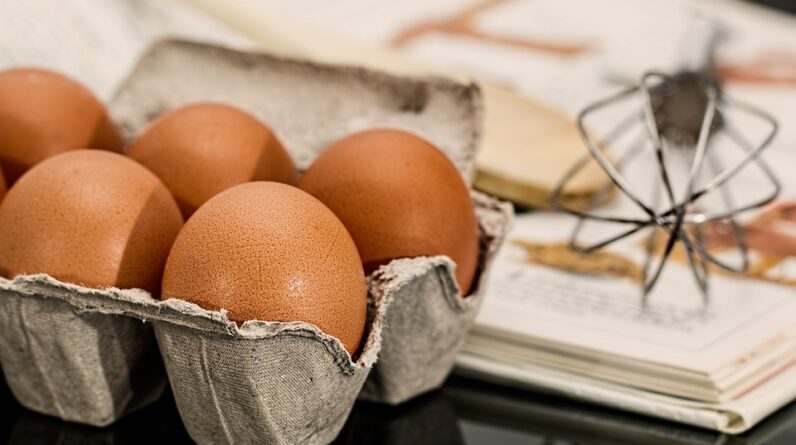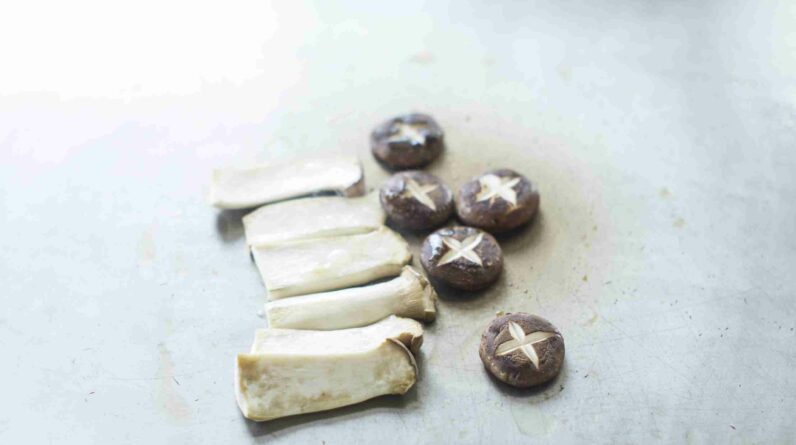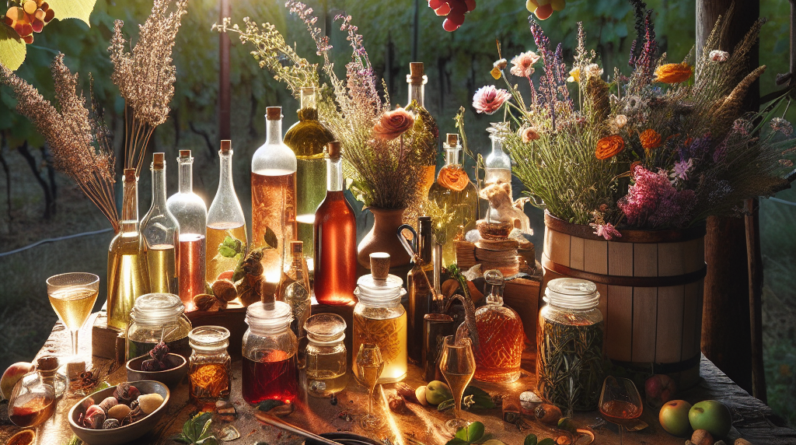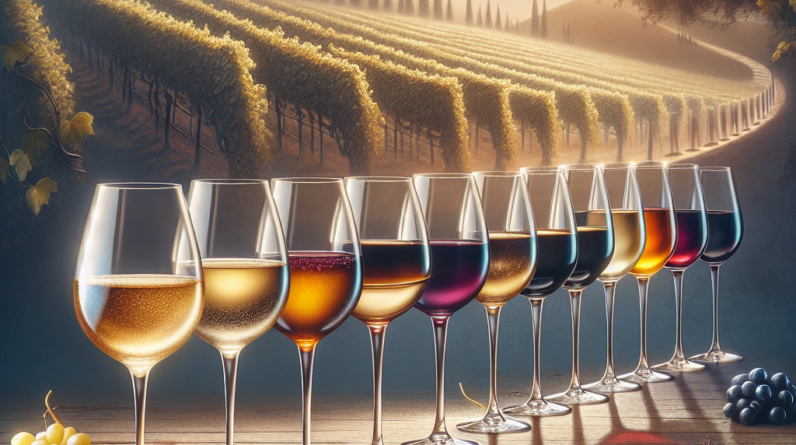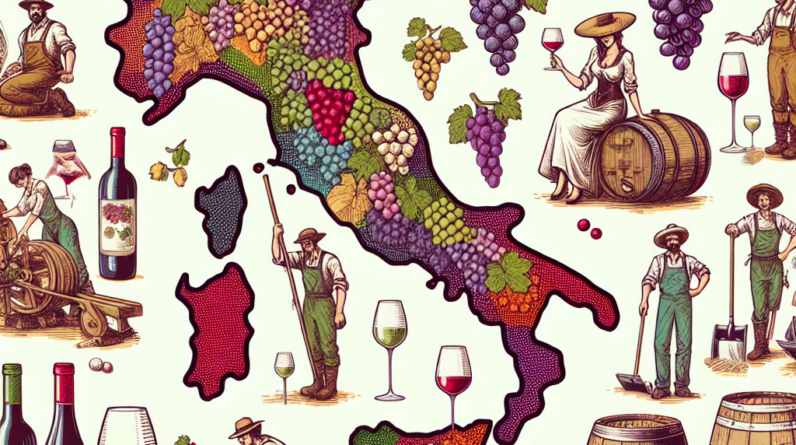The top Italian wines from Piedmont
Piedmont, located in the northwestern corner of Italy, is a wine lover’s paradise. This region is renowned for its diverse and rich terroir, conducive to producing some of the world’s most exquisite wines. Nestled at the foothill of the Alps, Piedmont is home to esteemed vineyards and winemakers, making it a top destination for wine enthusiasts. In this article, we’ll explore the most celebrated wines from Piedmont and what makes them exceptional.
Barolo: The King of Wines
Terroir and Grape Variety
Barolo is often referred to as the “King of Wines” and for a good reason. This robust and complex wine is made from the Nebbiolo grape, which thrives in the calcareous clay soils of the Langhe hills. The region’s unique microclimate contributes to the grape’s distinctive traits—high acidity, firm tannins, and a rich bouquet.
Tasting Notes and Aging Potential
Barolo wines are known for their deep, garnet-red color and complex aromas that evolve over time. Expect to find notes of cherries, roses, tar, and truffles on the nose. On the palate, Barolo typically showcases high tannins, bold structure, and a lingering, elegant finish. Barolo wines usually require significant aging to soften their tannins and reveal their depth, often reaching their peak after 10-15 years or even more.
Barbaresco: The Queen of Wines
Terroir and Grape Variety
Like Barolo, Barbaresco is also crafted from the Nebbiolo grape. However, it comes from the Barbaresco region, which lies slightly northeast of the Barolo zone. The soil here is more fertile, and the climate is milder. These factors lead to a more accessible, yet equally complex wine.
Tasting Notes and Aging Potential
Barbaresco wines are often characterized by their elegance and finesse. They display aromas of red fruits, floral notes, and subtle spices. On the palate, expect a silkier texture compared to Barolo but with a similar array of complex flavors. Barbaresco can be enjoyed younger than Barolo, usually peaking around 5-10 years but can also age gracefully for much longer.
Barbera d’Alba: Versatile and Approachable
Terroir and Grape Variety
Barbera is the most widely planted grape variety in Piedmont and is particularly prominent around Alba. The grape thrives in both sandy and clayey soils, making it adaptable to different vineyard sites.
Tasting Notes and Aging Potential
Barbera d’Alba wines are prized for their vibrant acidity and low tannins, making them very approachable even when young. The wines typically display lively red and black fruit aromas, peppery notes, and a hint of spiciness. Although Barbera wines can be consumed young, some higher-quality versions benefit from 3-5 years of aging, gaining additional complexity and depth.
Dolcetto d’Alba: The Everyday Wine
Terroir and Grape Variety
Dolcetto, meaning “little sweet one,” is another hallmark of Piedmont. Despite its name, Dolcetto wines are dry and offer a contrast to the more tannic and acidic profiles of Nebbiolo and Barbera wines. The grape flourishes in the rolling hills around Alba and Asti, benefiting from a mix of clay and limestone soils.
Tasting Notes and Aging Potential
Dolcetto d’Alba wines are typically deep purple and aromatic, with flavors of black cherry, plum, and sometimes almond. They have soft tannins and lower acidity, making them very approachable even when young. These wines are best enjoyed within a few years of release, serving as excellent companions to everyday Italian dishes.
Moscato d’Asti: Sweet and Effervescent
Terroir and Grape Variety
Moscato Bianco grapes thrive in the sandy soils of Asti, where cool, breezy conditions help preserve their aromatic qualities. Moscato d’Asti represents the more sparkling side of Piedmont’s wine production.
Tasting Notes and Aging Potential
Known for its slight fizziness and low alcohol content, Moscato d’Asti is exceptionally aromatic. You’ll find floral notes, vibrant citrus, and a honeyed sweetness on the nose and palate. This wine is perfect for desserts or as a refreshing aperitif. Unlike other Piedmont wines, Moscato d’Asti is best enjoyed young, within two to three years of the vintage.
Gavi: The Crisp and Elegant White
Terroir and Grape Variety
Gavi is the definitive white wine of Piedmont, made from the Cortese grape. This variety thrives in the calcareous and clayey soils in the Gavi region, benefiting from the maritime influence that helps maintain its freshness.
Tasting Notes and Aging Potential
Gavi wines are noted for their crispness and bright acidity. They exhibit fresh citrus, green apple, and floral aromas, often with a hint of almond on the finish. Gavi is best enjoyed young, within a few years of its vintage, to appreciate its vibrant and refreshing character.
FAQs about Piedmont Wines
What is the difference between Barolo and Barbaresco?
Both wines are made from the Nebbiolo grape but hail from different regions with distinct terroirs. Barolo tends to be more robust and requires longer aging, while Barbaresco is generally more elegant and approachable at a younger age.
How long can I age Barolo and Barbaresco?
Barolo often benefits from 10-15 years of aging, with some exceptional bottles aging beautifully for decades. Barbaresco generally peaks around 5-10 years but can also age longer for high-quality examples.
What food pairs well with Barbera d’Alba?
Barbera’s high acidity makes it versatile for food pairings. It pairs wonderfully with tomato-based dishes, grilled meats, and hearty stews.
Can Dolcetto d’Alba age?
Dolcetto d’Alba is best enjoyed within a few years of release, as it lacks the tannic structure and acidity to benefit significantly from long-term aging.
How should Moscato d’Asti be served?
Moscato d’Asti should be served chilled, around 6-8°C (43-46°F), to highlight its refreshing and aromatic qualities.
Is Gavi suitable for aging?
While Gavi is best enjoyed young for its crisp and vibrant character, some high-quality versions can age gracefully for a few years, developing more complex aromas and flavors.
In conclusion, Piedmont offers a diverse array of wines that cater to different palates and occasions. Whether you’re a fan of bold reds or crisp whites, there’s a wine from this illustrious region that’s perfect for you.
italian wines types

